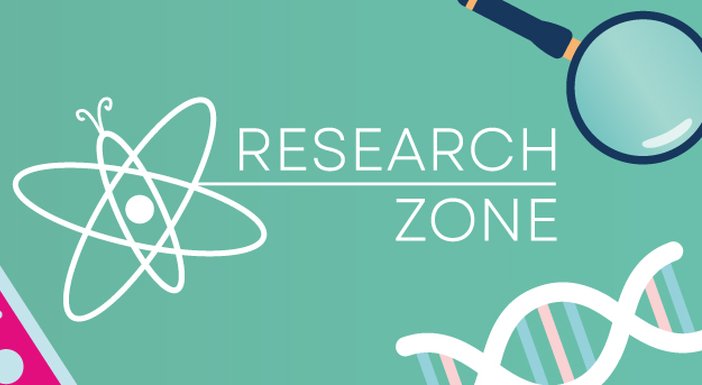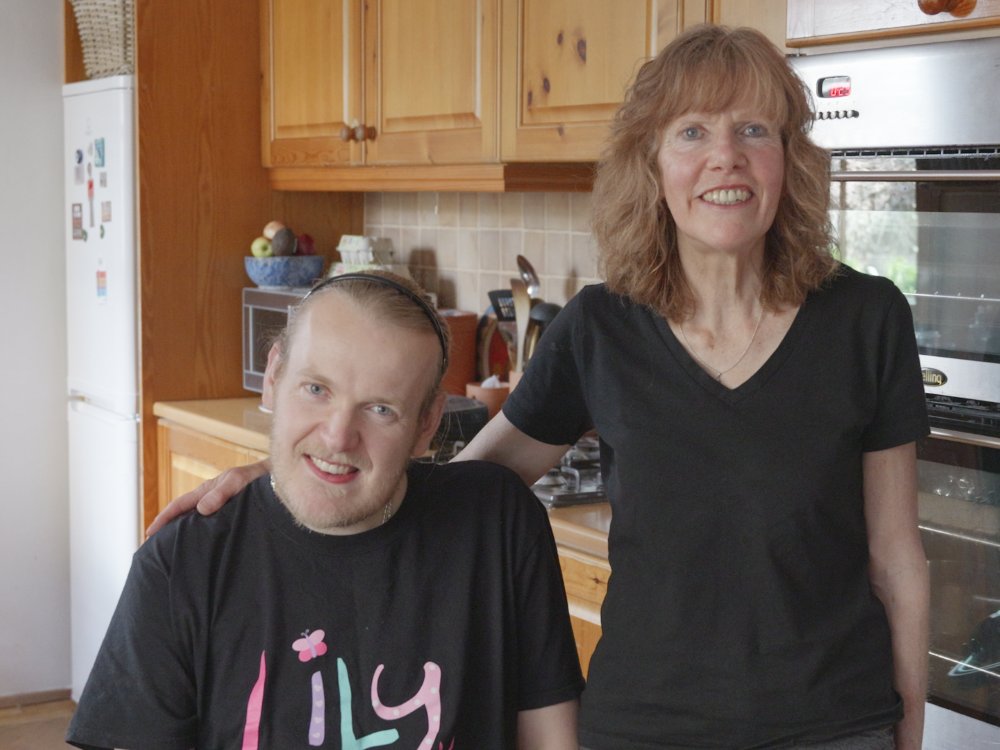When you live with or care for someone affected by mitochondrial disease, you’ll often hear phrases like ‘genetic testing’, ‘precision medicine’ and ‘diagnostic pathways’.
But what do these terms actually mean?
And how do they help doctors understand what’s happening inside each person’s cells?
Getting a diagnosis isn’t just about putting a name to a condition. It’s about understanding why things are happening and finding the root cause. For mitochondrial diseases, that journey takes us deep inside our cells, into the world of DNA, RNA and proteins – the microscopic ingredients that make us who we are.
At The Lily Foundation, we’re working alongside scientists and clinicians as part of the Precision Medicine Diagnostics project and the LifeArc Centre for Rare Mitochondrial Diseases. Together, we’re helping to improve the tools and technologies that make diagnosis faster, more accurate and more meaningful for families.
But before we can understand how these tests work, it helps to take a step back and ask:
- What actually is diagnosis?
- What are doctors looking for when they test our DNA?
- How does all this complex science turn into answers that matter for real people?
We've tried to take you behind the scenes of diagnosis – using a simple cake analogy to make sense of the science behind getting a diagnosis of mitochondrial disease.







